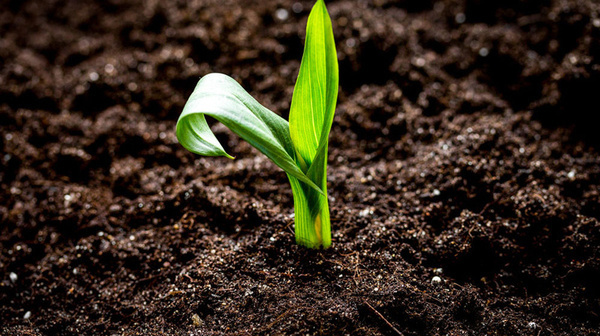
Your April Lawn Care
As we leave winter behind and move into the warmer seasons, Florida lawns need some care. Cover your bases, complete basic lawn care tasks now, and worry less about the health of your turfgrass.
Spring has sprung! We’re officially out of winter, and Florida lawns need a few things to prepare them for the coming months. This blog covers the basics of planting, watering, fertilizing, and pest control—all the basics of April lawn care.
Planning
First, a few words about planning: do it! Having a plan in place before spreading seed or applying herbicides is practically guaranteed to save you headaches.
A solid plan should include weed identification and management, understanding what your turfgrass needs, and looking at deadlines for applying things like herbicides and fertilizer.
Planting
Seeding is typically done in warm weather when seeds are most likely to germinate quickly. The site should be deeply tilled so a portion of the seeds gets buried. Here are some more tips:
- Spread seeds with a high germination percentage (at least 85%) and low weed content
- Sow seeds at the appropriate rate per 1,000 square feet (for example, bahia at 7-10 pounds and Bermuda at 2-4 pounds)
- Cover 50-75% of the bare ground with weed-free straw or hay and keep the soil moist
Watering
You may notice a sharp increase in the water bill at this time of year. It may be tempting to let the lawn go and put that money toward something more pressing, but replacing dead grass could cost much more down the road.
Here’s where knowledge of your turfgrass comes in.
Grasses like Bermuda, zoysia, and bahia can survive with considerably less water than others, though they won’t be pretty. On the other hand, St. Augustine grass, centipedegrass, and carpetgrass will die out during the dry months without sufficient water.
To water less frequently and still keep your lawn alive, try these tactics:
- Water in the early morning before the day’s heat arrives
- Water when you notice green-gray spots and leaves starting to curl or fold in half—the grass will be okay until then
- Apply 1/2 – 3/4 inch of water
- Hold off on feedings and weed killers until it starts to rain more often
Fertilizing
Complete spring fertilizer applications at the beginning of the month; a yellowish tint in the grass may indicate that you missed a feeding. If you intend to spread a complete fertilizer, don’t put it off any longer—do it now.
Pest Control
Check the labels on your herbicides for application instructions; some will explicitly state not to use them in hot weather or after a certain time of year. Apply them any later and your turfgrass will suffer.
Always ensure your grass is healthy and moist before spreading a herbicide.
Caterpillars such as the grass looper, armyworm, and sod webworm may have started affecting some grasses. Look for grass blades that look chewed or for portions of the lawn that appear to be closely mowed. Spot treat infestations and the surrounding 2-3 feet with a synthetic pesticide or a natural control that includes Bacillus thuringienis.
This Month and Beyond
Following the tips above will help give your lawn the boost it needs as we launch into spring and summer. As always, use this information as a springboard to become more educated on your turfgrass and on your property’s specific needs.